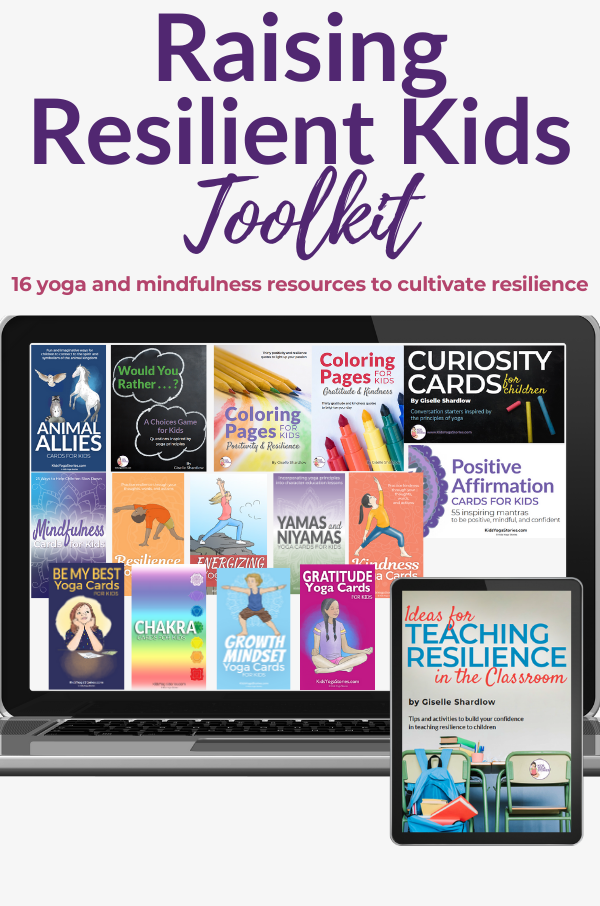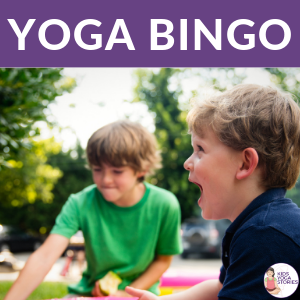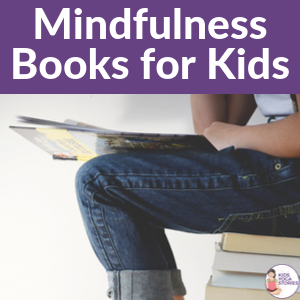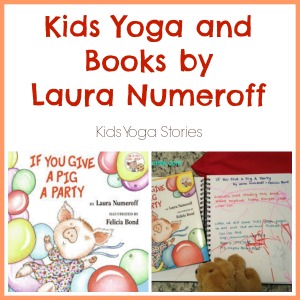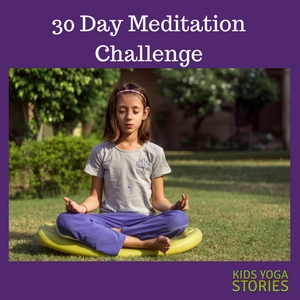Resilience Guided Visualization: Be Resilient in our Thoughts…
A couple weeks ago, my daughter was making a buffalo out of origami for her online art class. Suddenly, she crumpled the paper and threw it across the room, screaming that she could not do it. So I swooped in, as any parent or teacher would do, and put on my cheerleader hat to see if I could help guide her through her frustration.
She put herself on mute, turned the camera off, and burst into tears. We restarted the origami buffalo video and concluded together that the project was really aimed at advanced origami makers. In that moment, I was wondering if I should have encouraged her to push through her frustration and complete the buffalo. But then I also had a thought that it takes courage to recognize when your skills are “just right.” Instead of finishing the complicated buffalo, she found an origami dog that she breezed through and was much happier.
I found myself musing about this incident that afternoon. I reflected on how resilient our children (including my daughter) have been over the past year of this global pandemic. But yet, they still have much to learn in terms of facing life’s little challenges.
That night, there was a news article on BBC World News about a nine-year-old boy from Yemen who is blind. A large group of children attend school in a bombed-out school building missing walls and windows. He was at the front of the classroom, teaching the rest of his peers. There were no teachers in sight.
I couldn’t help but think about my daughter having a meltdown over a buffalo origami, as well as this child of the same age, on the other side of the world, teaching his classmates. Both are in quite different situations, but both are responding to the challenge of their life in that moment.
Resilience is truly a foundational life skill, no matter where you are on this planet. And we are at a fork in the road right now.
Many of our children have had a lot of screen time and sugar, and their routines have changed dramatically over the past year. One path is that our children could continue on to have too much screen time and be brought up influenced by commercials and YouTubers. And it really is up to us to take that other path—a path where we are cheerleaders for our children to teach them exactly how to:
- self-regulate and know when enough screen is enough,
- build healthy relationships with their friends again,
- be self-confident and self-aware of their strengths and limitations,
- bounce back from challenges with ease,
- and ultimately live a meaningful, happy, and healthy life.
And if we take this moment to zoom out and see the bigger picture—imagine if in a few years’ time, we look back on this year and feel proud of ourselves for intentionally guiding our children on this path of resilience.
We absolutely need to invest in ourselves and our children… and make the time to do the activities and have the hard conversations. Planting seeds of resilience now will make such a difference in their futures; I have no doubt of that.
So how do we teach resilience? Let’s think about this. One of the ways to teach resilience is to look at how to be resilient in our thoughts.
We can easily get lost in our “monkey minds,” the restless, seemingly uncontrollable thoughts chasing each other around our heads. Children can get bombarded with negative thoughts that make them fight, flee, or freeze when faced with difficult situations.
One idea to help build resilient thoughts is to do guided visualizations together. These mind stories can plant a seed of resilience that reminds them that they can ask for help and learn strategies to overcome challenging experiences.
Today, I would love to share with you a Resilience Guided Visualization from our Resilience Yoga Cards:
![Resilience Guided Visualization] Be resilient in our thoughts…](https://www.kidsyogastories.com/wp-content/uploads/2021/04/resilience-visualization-pin-683x1024.png)
Resilience Guided Visualization
Life is full of unexpected challenging experiences. It is up to us to learn ways to respond in a kind and productive way. Imagine being able to stay calm in the face of whatever challenge life brings you.
First, we must be calm. Then we can think about who can help and which strategies calm your mind.
We use courage and positivity to build resilience.
Come to a comfortable seated position with a straight spine. Be still. Close your eyes. Breathe and relax.
Today, we are going on a “thinking journey.” Listen to my questions and think about them in your mind.
First, let’s think about things we love.
Think of something you do that makes you happy. Think of who you are with when you do those things. It could be:
- Playing sports… listening to music… or doing an art project.
- Watching tv or playing games with your family.
- Or doing an activity on your own, like playing video games… or reading a book.
Think about what makes you feel good. Take a few moments to think about those happy times.
Next, think about a recent experience that wasn’t so great. It could have been:
- An argument with a friend or parent.
- Something bad that happened at school.
- Or a time you didn’t get what you wanted.
How did you react? Did you yell or fight back? Did you run away? Or did you go quiet and not say anything? Did someone help you in this situation? What did you do to calm your big feelings?
Now, think again about the things that make you feel good and help calm you.
Imagine being in that difficult situation again, but this time, see yourself taking a deep breath.
That deep breath pulls all those good, calm feelings from your favorite things back into you. When you breathe out, push out all the bad feelings. Feel your shoulders and your muscles softening and your heart calming. Instead of stiffening or struggling against the situation, imagine yourself being flexible and embracing challenges.
Once you are calm, you feel stronger and ready to face the challenges in front of you with good ideas instead of negative emotions.
Take a deep breath. When you are ready, open your eyes.
************
We send our thoughts to you and your families around the world. May this year bring forth resilient thoughts, words, and actions as we move forward together as a global community.
P.S. If you are looking for yoga and mindfulness activities that teach resilience, we invite you to check out our newly curated Raising Resilient Kids Toolkit.
We have heard from many of you that “resilience” is a focus topic for you in your homes and classrooms right now—and we are excited to share in this passion with you. May these resilience resources foster feelings of confidence, optimism, and strength … 😉
Check Out Our Raising Resilient Kids Toolkit
Life is full of unexpected experiences, adversity, and challenges. It is up to us to learn how to respond in a balanced, grounded, and productive way when we’re faced with emotional turbulence.
Imagine being able to stay calm in the face of whatever challenges life brings you. This is a gift we can give children. The gift of learning to self-correct and quickly recover from challenging situations so that they can be socially responsible individuals who can tackle anything that comes their way.
We created this toolkit to help teach children how to discover and hone their resiliency muscle through yoga poses, mindfulness exercises, and contemplation practices.
This toolkit contains 16 yoga and mindfulness digital resources that will help you foster resiliency by helping children:
- Believe they have control over themselves and their world.
- Maintain an optimistic view of life and see change and challenges as opportunities.
- Develop a strong sense of character through caring for others, empathy, and a strong sense of right and wrong.
- Form connections with others and foster a sense of healthy belonging.
- Contribute to the world around them by taking action and making choices that improve the world.
- Believe that their lives have meaning and are committed to their goals.
- Boost self-confidence and a belief in one’s own abilities.
- Cope and manage everyday stressors to arise
- Better identify varying emotions and self-regulate

